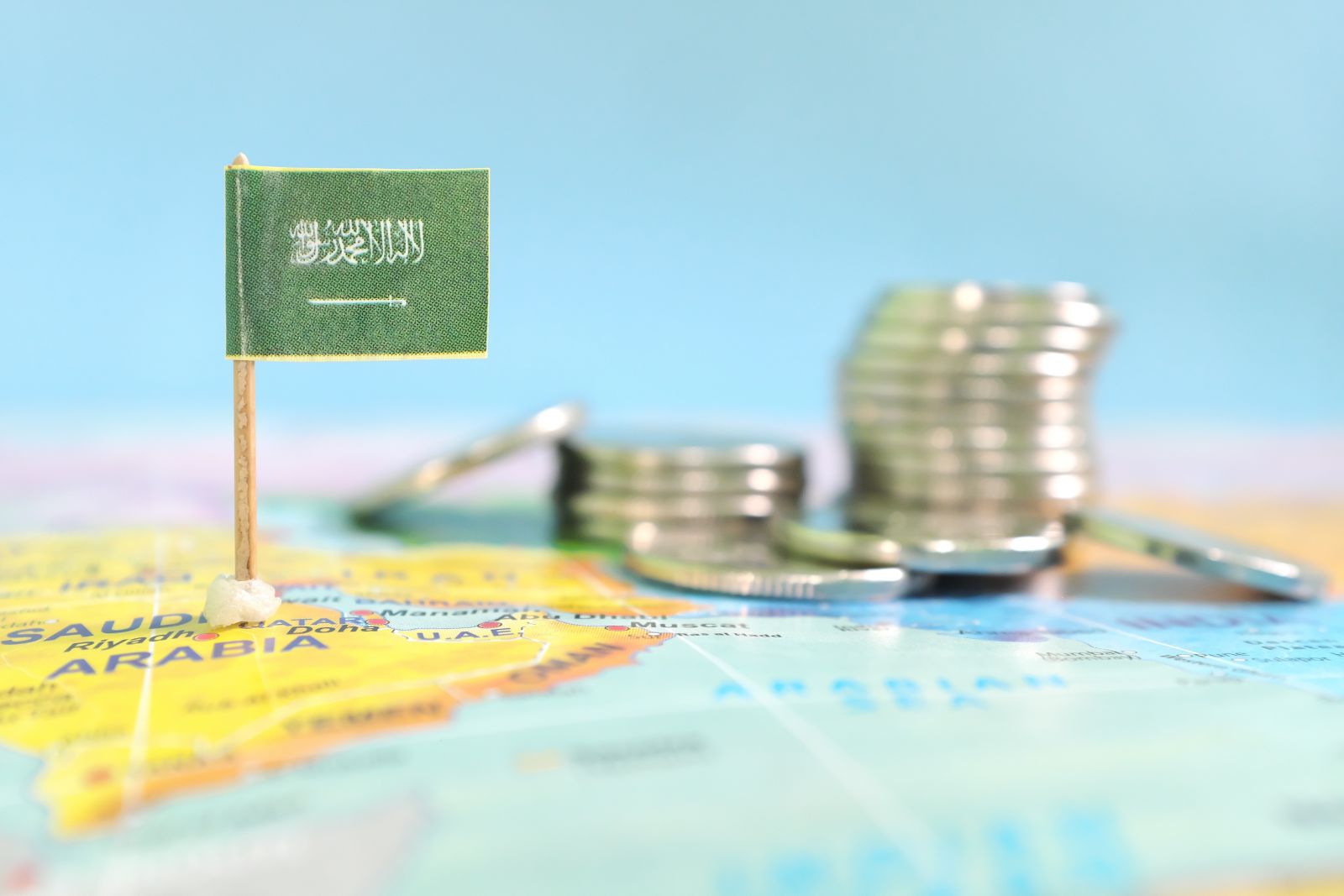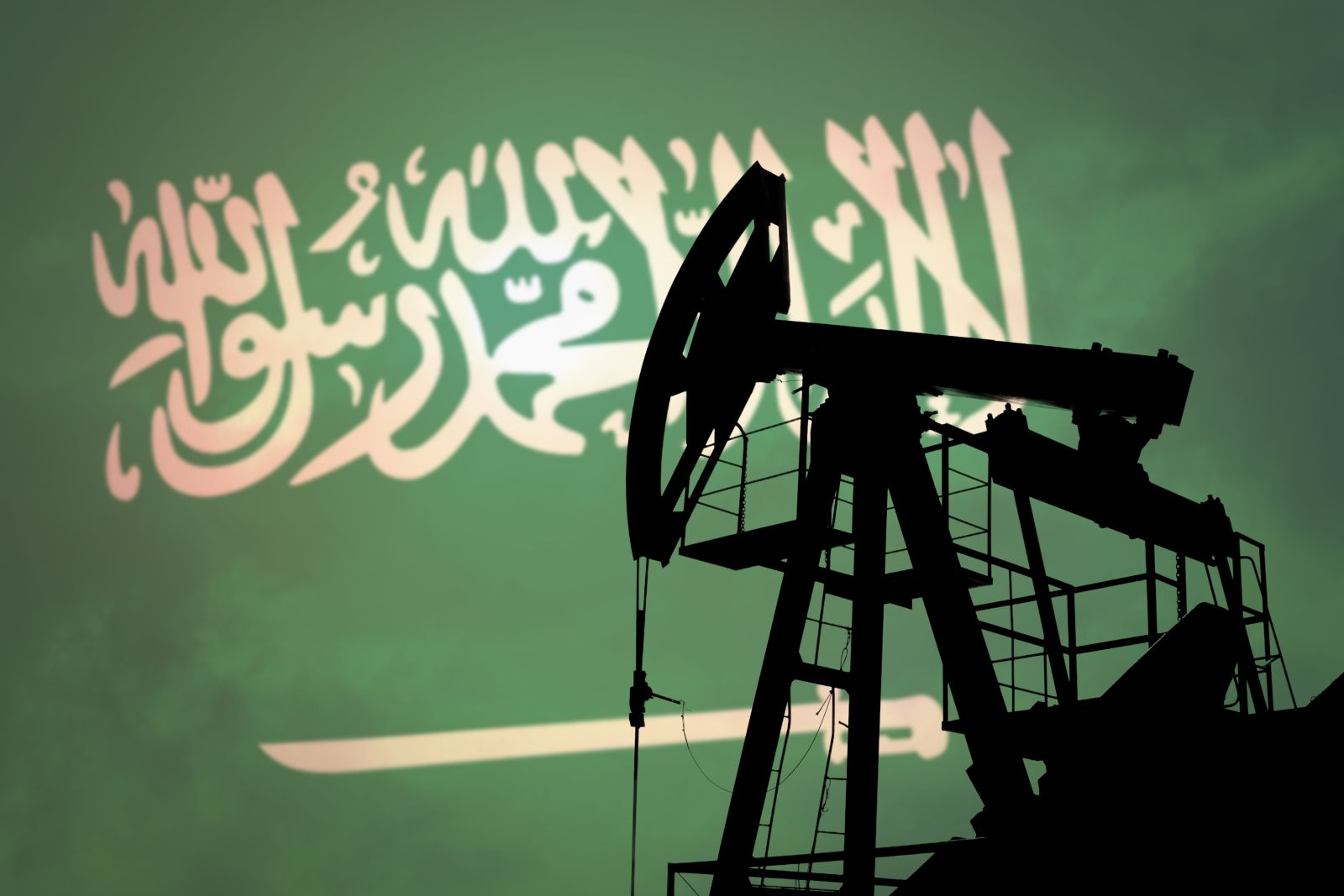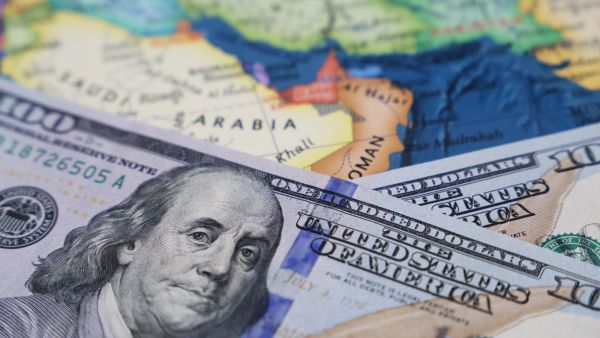ALBAWABA – Saudi foreign reserves dropped in July by over $16 billion, marking the sharpest decline since oil prices turned negative during the COVID-19 pandemic, the central bank reported Monday.
The Kingdom of Saudi Arabia used its savings to invest in United States (US) stocks, with net foreign assets falling to $407 billion last month, after increases in May and June, news agencies reported.
Saudi foreign reserves dropped in July to the lowest levels since late 2009 as the Kingdom cuts oil production in an attempt to prop up oil prices, according to Bloomberg.

Saudi foreign reserves dropped in July - Shutterstock
“The net foreign asset position should improve in September,” Monica Malik, chief economist at Abu Dhabi Commercial Bank PJSC, told the New York-based news agency. Especially when the first performance-linked dividend distribution arrives from Aramco, she added.
Saudi Arabia’s effort this year to support crude prices has left it with far smaller receipts from oil sales abroad. After earning nearly $326 billion in 2022, the Kingdom is at risk in 2023 of running a budget deficit again, following its first surplus in almost a decade.
Notably, Saudi has been shifting its investment strategy over the past few years away from keeping most of its foreign assets with the central bank, according to Bloomberg.
The Kingdom has built up hundreds of billions of dollars in sovereign funds, including the Public Investment Fund and the National Development Fund.

Saudi Arabia cut production by more than 1 million barrels per day - Shutterstock
The decline in July was the biggest since the government transferred $40 billion to its wealth fund from the central bank to invest abroad as the global pandemic wreaked havoc across global markets, as reported by Bloomberg.
As of July, the central bank’s stockpile is now down nearly 45 percent from its peak in August 2014.
Earlier this year, Saudi Arabia said it would curb oil supply and pump about 9 million barrels a day. This output cut has since been extended until the end of September, raising the risk of economic contraction this year.









